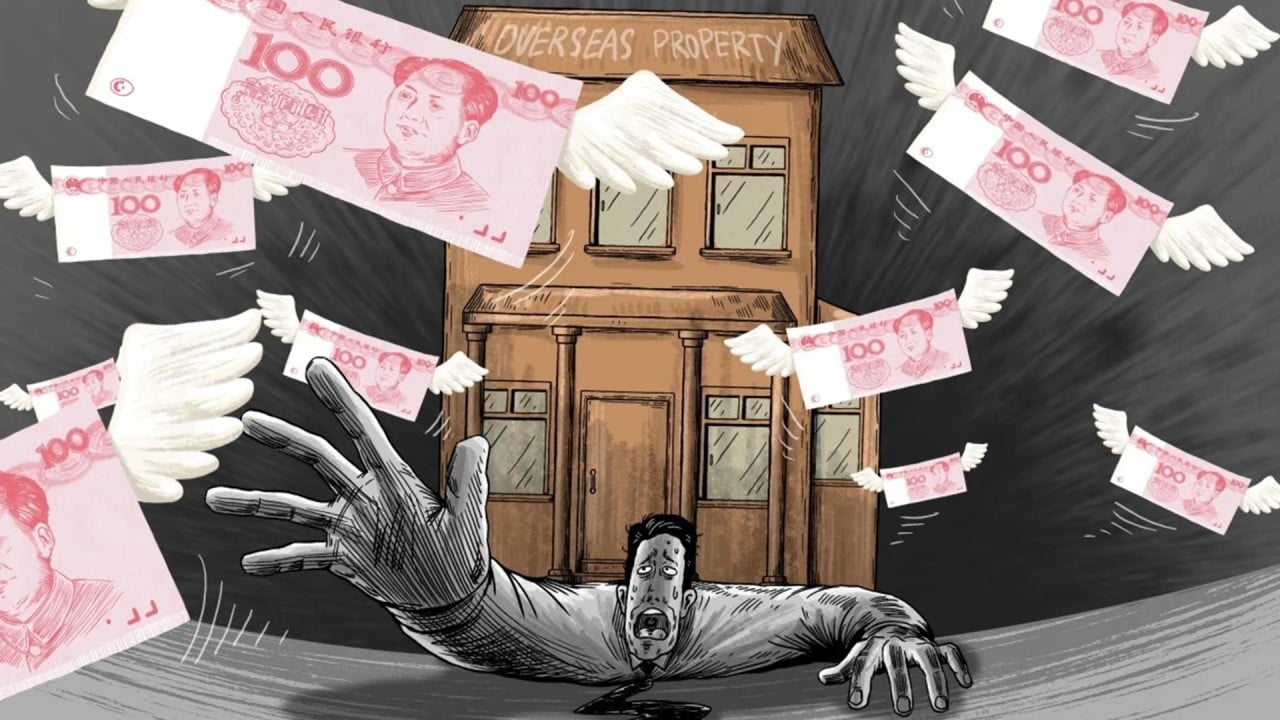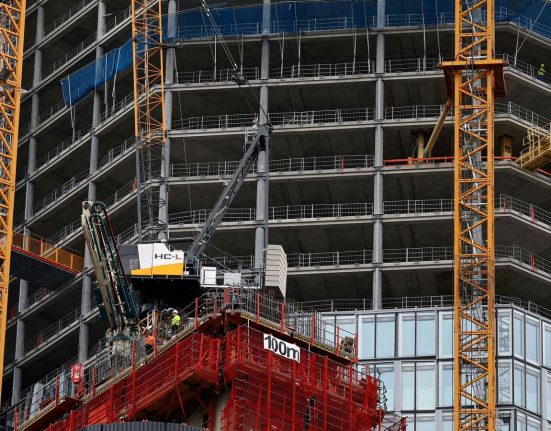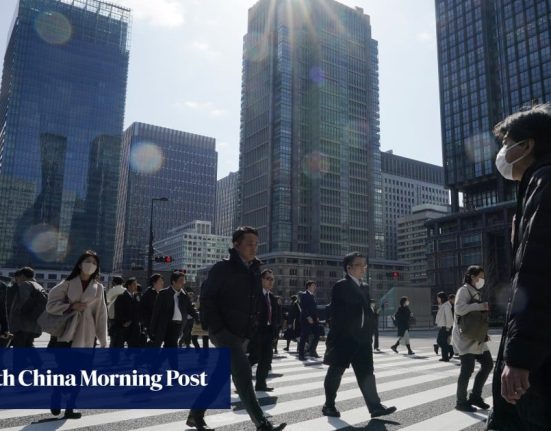Given such a bleak domestic and external backdrop, the strong performance of China’s commercial real estate investment market is a remarkable feat. According to data from MSCI, transaction volumes last year reached US$37.5 billion, the highest in Asia and slightly more than in Japan, the region’s most popular market.
Indeed, among the major cities in Asia, Shanghai was the second most actively traded market behind Tokyo, outperforming Seoul and Sydney, two other top performing commercial property markets in recent years.

Several factors help explain why China held up so well. First, although global cross-border investment in Asia’s commercial real estate market fell sharply in the past two years, intraregional investment fared better. Hong Kong investors deployed almost as much capital in mainland China last year as they did in 2022 while Singaporean buyers remained active despite spending significantly less than in the past several years.
Second, and more importantly, domestic investors – which account for the bulk of investment activity in China – have played a more prominent role since the pandemic erupted as foreign buyers, especially North American and European investors, retreated. Last year, domestic buyers accounted for over 80 per cent of transactions compared with 60 per cent in 2019, data from MSCI shows.
In a report published in December, JLL said China’s rental housing market had “entered the lift-off phase”. This is underpinned by increased barriers to home ownership, greater acceptance of renting among younger adults, and more supportive government policies. Even in Shanghai, the penetration rate of private rental apartments is just 8 per cent, according to CBRE.
Some foreign institutional investors, including LaSalle Investment Management, have established their own brands and operating platforms focused on tier-one cities. Average occupancy rates for projects operating for more than six months are in the mid-90s, underscoring the resilience of the nascent sector. Multifamily has become a popular investment strategy, with transaction volumes in the sector last year exceeding the total for the previous two years, data from CBRE shows.
ESR, Asia’s largest real asset manager, announced in December that it had filed an application with Chinese regulators to list several of its logistics assets in the country on the Shanghai bourse. If successful, it would be the second international firm to list a Reit in China.
To be sure, China’s commercial property investment market has slowed significantly over the past two years. If it were not for distressed sales, the slowdown would be even sharper. Yet the fact that China was still the region’s most actively traded market last year shows that a strong domestic investor base, a sharper repricing of property values and policy support for key sectors can make a difference.
Nicholas Spiro is a partner at Lauressa Advisory








